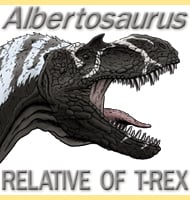In Depth
Although so far only known from teeth, Crusafontia is thought to have been a squirrel-like mammal. This idea however is based upon comparison to other similar mammals with similar teeth known from this time.
Further Reading
– Zwei Saugetier-Unterkiefer aus der Unteren Kreide von Una (Prov. Cuenca, Spanien). 1969:449-462. – S. Henkel and B. Krebs. 1969. Zwei Saugetier-Unterkiefer aus der Unteren Kreide von Una (Prov. Cuenca, Spanien). 1969:449-462 – 1969. – New dryolestidan mammal from the Hauterivian–Barremian transition of the Iberian Peninsula. – Acta Palaeontologica Polonica 56(2):257-267. – G. Cuenca-Bescos, A. Badiola, J. I. Canudo, J. M. Gasca & M. Moreno-Azanza – 2011.









